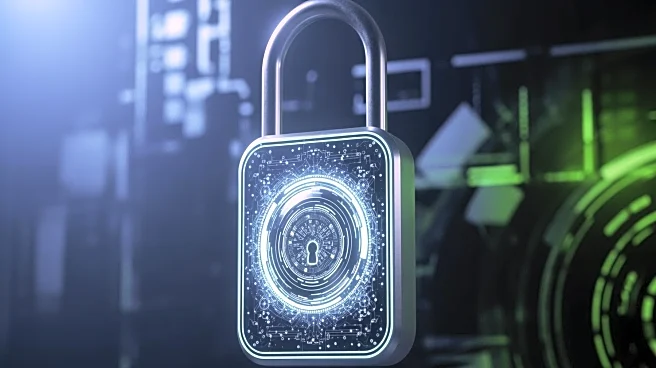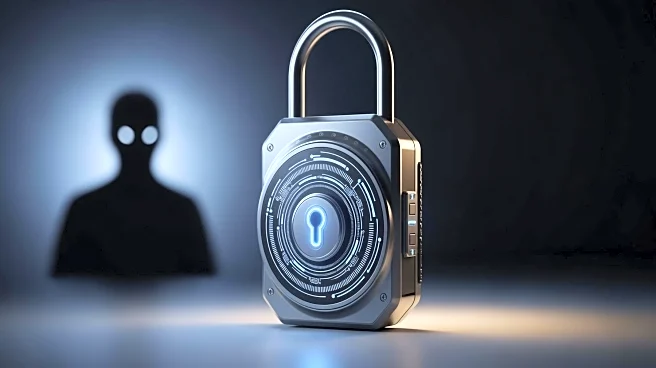What's Happening?
Vidar Stealer 2.0, a malware-as-a-service (MaaS), has been updated with significant new features, according to a technical analysis by Trend Micro. The malware, which has been active since 2018, is known
for stealing sensitive information such as passwords. The latest version has been completely rewritten from C++ to C, enhancing its efficiency and stealth capabilities. A new multithreading system allows the malware to process data from multiple sources simultaneously, adapting to the victim's system capabilities. This update shortens the attack duration, reducing the window for detection. Additionally, Vidar Stealer 2.0 includes a polymorphic builder to generate unique binary signatures, complicating static analysis. It also employs control flow flattening to obscure its execution path, making reverse engineering difficult. The malware can now bypass encryption features in browsers like Google Chrome by extracting encryption keys directly from active memory.
Why It's Important?
The release of Vidar Stealer 2.0 represents a significant threat to cybersecurity, particularly for organizations that rely on static analysis tools for malware detection. The enhanced features of this malware increase its effectiveness and stealth, making it a formidable tool for cybercriminals. With the decline of other infostealers like LummaC2, Vidar Stealer 2.0 is likely to see increased use, posing a heightened risk to businesses and individuals. The ability to bypass browser encryption features means that sensitive data stored in browsers is more vulnerable than ever. Organizations must prioritize updating their endpoint solutions and strengthening credential management policies to mitigate these risks. The rise in Vidar Stealer activity underscores the need for robust cybersecurity measures and user education to protect against evolving threats.
What's Next?
As Vidar Stealer 2.0 gains traction among cybercriminals, security teams should prepare for its increased prevalence in cyber campaigns through the end of 2025. Organizations are advised to ensure their cybersecurity defenses are up-to-date and to educate users on best practices for credential management. The cybersecurity community will likely focus on developing new detection and mitigation strategies to counteract the advanced features of Vidar Stealer 2.0. Continuous monitoring and rapid response capabilities will be crucial in minimizing the impact of potential breaches.
Beyond the Headlines
The evolution of Vidar Stealer 2.0 highlights the ongoing arms race between cybercriminals and cybersecurity professionals. As malware becomes more sophisticated, the ethical and legal challenges of cybersecurity become more pronounced. Organizations must balance the need for robust security measures with privacy concerns and the potential for overreach. The development of more advanced malware also raises questions about the role of international cooperation in combating cybercrime, as these threats often transcend national borders.











